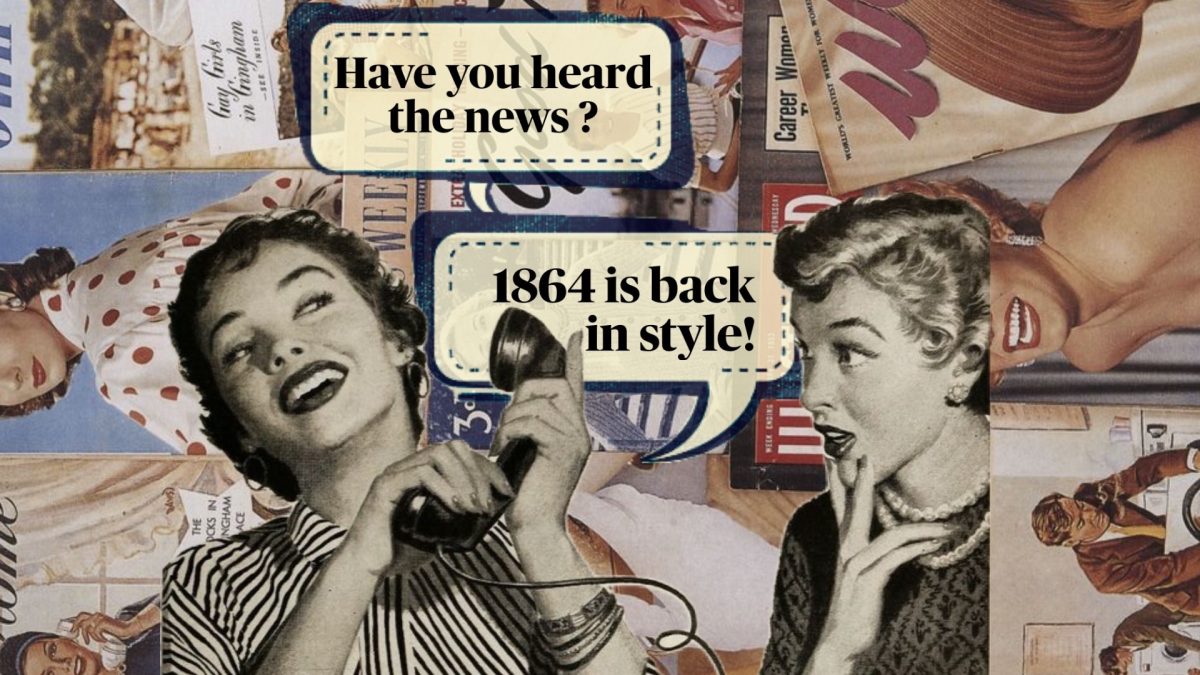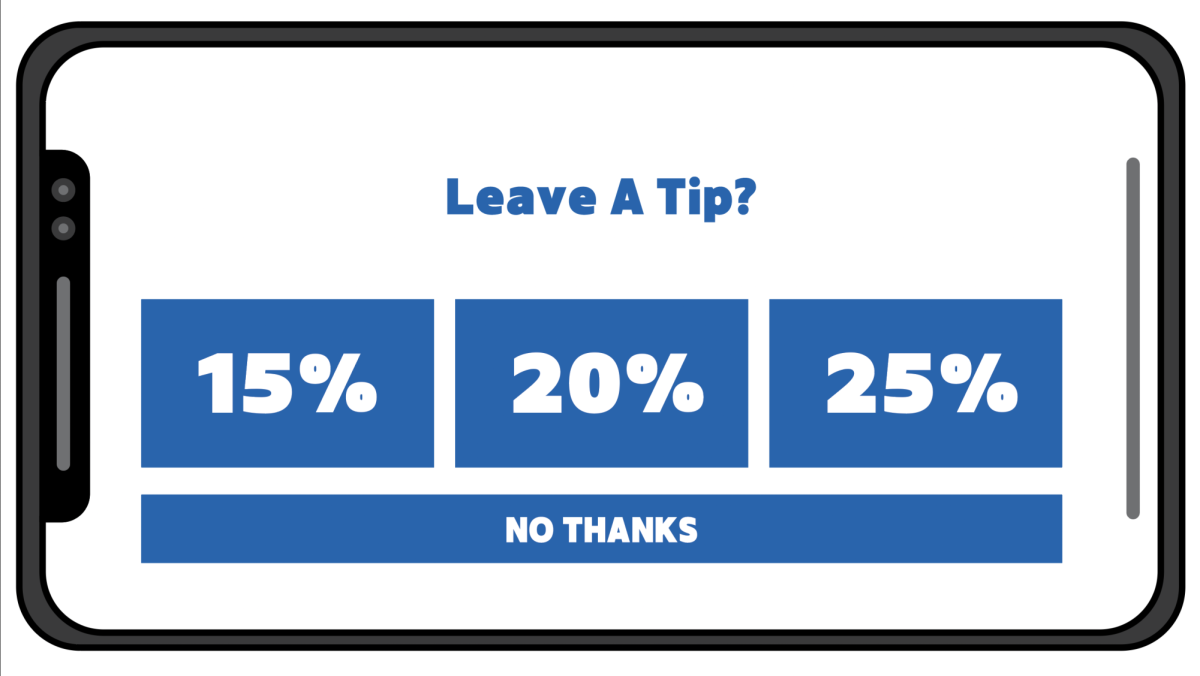Technology fuels much of our conversations daily, whether it be through email, FaceTime or calls, and is a big part of our communication cycle. Technology has made long distance relationships, global communication and business interactions become things of ease. But when it comes to relationships, that isn’t always a good thing.
And while technology has made our lives easier, it has also formed what could be called a communication crisis.
Through our dependence on technology, the way humans connect has changed dramatically. Technology has taken away some of the need for face-to-face interactions, making them hold more value, but also happen less often.
We connect, but how much connection is actually formed through our shared posts, our viral stories or streaks sent to 10 to 20 people once a day?
Our communication has lost meaning through depletion of tone through texting, Emojis and social media.
When we speak to people, they can hear our tone, see our facial expressions, and read us through our nonverbal signs. The majority of our communication is through nonverbal interaction, which makes texting and phone calls hard to translate for our brains. Misleading tones can stir conflict that wasn’t intended.
A whole language is missing: the language of nonverbal communication. Posts on social media can also be misinterpreted due to the fact that very little context is posted with it.
Social media is a place where everyone can share what they are doing and the bystanders all see the “perfect” lives and memories people share instead of a well-rounded life. People are taught to communicate beauty, happiness and personal interests on social media. Although that is not all that encompasses life, no one shared the hardships of life before social media. Just now, the good parts are projected even more than before.
“I love you” doesn’t have to be typed anymore. It’s often substituted with red or pink hearts. There is an ease to it, but also an absence of so much connective space. This can lead to less intimate relationships, with word substitutes not carrying as much meaning as intended. It creates an emotional gap. Emojis might convey “I love you” or “I miss you,” but if that emoji replaces language, something is lost.
Although applications like FaceTime can showcase nonverbal communication such as facial expressions, body movements and tone, and act as a better option than other technology, it still lacks the intimacy of touch or of sharing a space. How close we sit to people and our behavior towards them are big parts of nonverbal communication we miss out on when we rely on technology to communicate.
With long distance relationships in college or after, technology makes staying in touch and sharing moments easier, which is definitely a positive. We can’t always be together, and in those instances, technology has allowed for relationships to have some form of intimacy until users can actually see their friend, partner or family.
Relationships need the closeness of language (verbal and nonverbal) as well as a form of interaction that does not exist without nonverbal cues. In order to build, there has to also be a relationship outside of the walls of iMessage.
The truth is that relationships need the closeness of language, spoken and unspoken, a type of interaction that does not exist without nonverbal cues. In order to grow strong and healthy relationships, there has to be a relationship outside the walls of iMessage.
Hearing someone’s voice or seeing their face through a phone offers tone, showcases facial expressions and allows the intended meaning of the sender to be conveyed. It allows the intimacy of being together still occur, yet something is still missing.
But still there is communication absent, like facial expressions in video-phone calls or spatial closeness in FaceTime. Technology has allowed for gaps of time to still be filled with connection, but there also needs to be recognition that it still lacks a well-rounded conversation that occurs while face to face.
Technology has allowed for human beings to connect more frequently, but has also taken away the intimacy of interaction, which humans need in order to feel close to their friends or family.
Connect with Harper on Twitter @harperjwayne.








joel wayne • Apr 3, 2019 at 2:04 pm
couldn’t agree more
romance is disappearing
love is changing
sigh
glad to be 80
thankful for all those years
hugging
kissing
instead of pictures and symbols